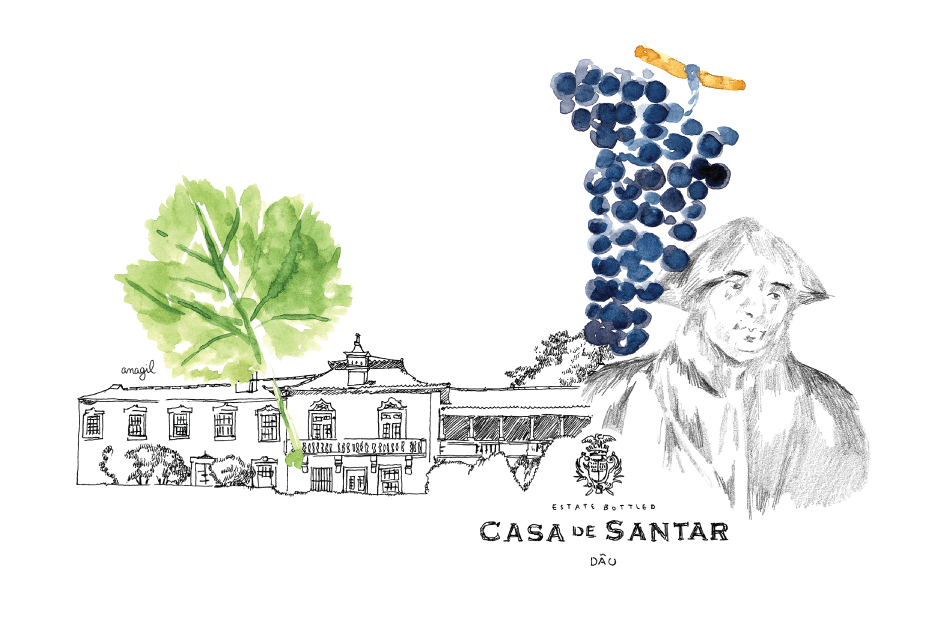Dão e Lafões | 迪昂和拉冯伊斯

![]()
Dão e Lafões
This region of Dão is located in the south of the Douro river and is one of the most classic roducing areas, demarcated in 1908. It is an area influenced by a continental-type climate, granite soils, pine groves and vines that are often hidden in the forest. This is the home of the Touriga Nacional, the most important Portuguese red wine variety at present. However, it is not the most widely cultivated once Jaen (a variety that takes on the name Tinta Mencia in neighbouring Spain) takes the top place in the vineyards. Next there are Tinta Roriz and Alfrocheiro. The Jaen variety is almost exclusively planted in this region, and has not travelled the country, unlike others.
The vineyard area occupied by red varieties overtakes the whites. In spite of this territorial domination, Dão whites are among the finest in the country; they feature a natural acidity that borders on perfection and have a good potential for development in the bottle. Here we find the Encruzado variety, which comes from this region and is scarcely used outside of it; within the Dão, it appears often pressed and sold as a variant.
It is kept company by Malvasia Fina (the most widely planted in the region), Verdelho, Cerceal, Borrado das Moscas (or Bical, in the Bairrada).
The great virtue of Dao wines lies in their natural balance between acidity/ body and tannins. This feature, which is noticeable both in whites and in reds, allows the wines to be drunk while young and ensures a high-quality development while kept in the cellar.
It is agreed that it is one of the two Portuguese regions (the other being Bairrada) that best ensures shelf-life in the cellar: a wine from here may be in a perfect state to be enjoyed after 40 years. Whites still available clearly demonstrate what we say. They are international class wines that are not afraid of any confrontation with others from any region of the world.
![]()
迪昂和拉冯伊斯
迪昂产区位于杜罗河以南,是最为古典的葡萄酒酿造区,于1908年被划定。这个产区的气候受到大陆切割的影响。这是个布满花岗岩土地和松林的地区,葡萄园常常隐藏在森林之中。这里正是国产多丽嘉的故乡,它是目前葡萄牙最具代表性的葡萄品种。然而,它并不是被种植得最多的品种,因为吉恩葡萄(一种在邻国西班牙被称为红色门西亚的葡萄)在葡萄种植园中占据了第一的位置。占第二位的是红色罗丽斯和阿尔弗谢罗。实际上,吉恩这个品种只在这个产区有种植,不像其他品种,全国都有。
红色品种在葡萄园中占据的面积超过了白色品种。然而,尽管如此,迪昂产区的白葡萄酒却是全葡萄牙最为细腻的,其特点是呈现出完美的自然酸度,有着良好的瓶中陈化发展能力。这里特别要提一下恩克鲁扎多葡萄,它是原产于这个产区的品种,实际上在这个产区之外不会被使用,而在迪昂产区许多时候,它是作为品种被酿造和销售的。
为了伴随它,人们还使用马尔瓦西亚薄皮葡萄(这个产区种植得最多的葡萄),韦尔德略,塞尔塞奥,博拉多•达斯莫斯卡(在百拉达称之为比卡尔)等品种。在我进行的密集的迪昂产区葡萄酒品鉴中,我可以确认白葡萄酒的酿造在增长,而且所有价格范围的白葡萄都品质非凡。
迪昂葡萄酒在酸度/酒体和单宁之间具有一种自然平衡。无论在红葡萄酒中还是在白葡萄酒中都能注意到这个特点。这个特点使得这些葡萄酒还是新酒时就可以被饮用,而且也确保了在地下酒窖中它们能高质量的成熟进化。
这个产区肯定是葡萄牙两个最能确保葡萄酒在地下酒窖中保持生命力的产区之一(另一个是百拉达),我们可以期待着四十年之后,葡萄酒还是以完美的形式呈现在人们面前,让人能够愉快地饮用。现在可以买到的迪昂白葡萄酒明确地显示了我们确认的那些特点,它们是国际级别的葡萄酒,可以与世界其他任何产区的葡萄酒媲美。

